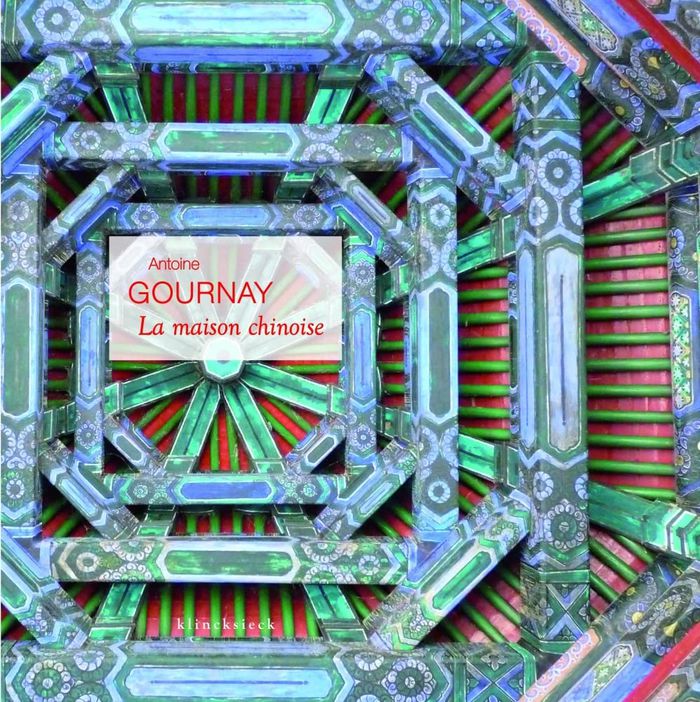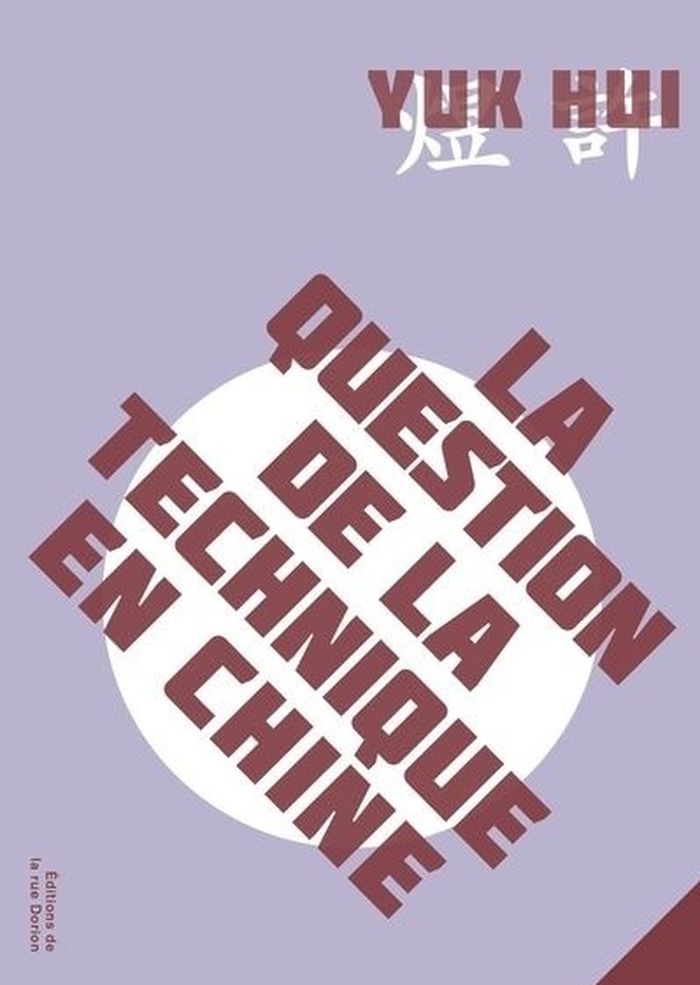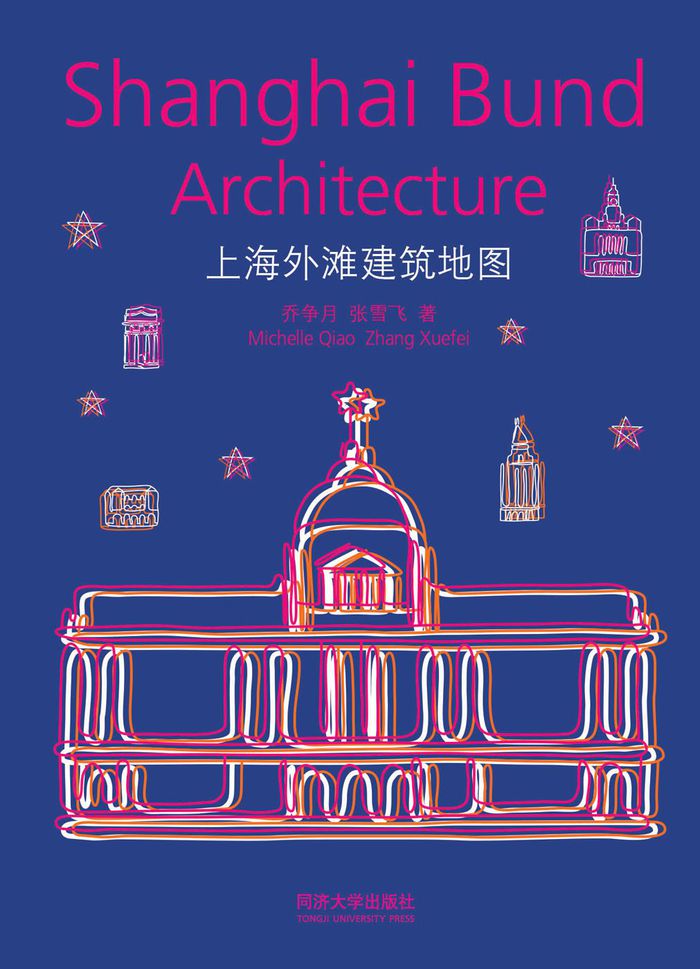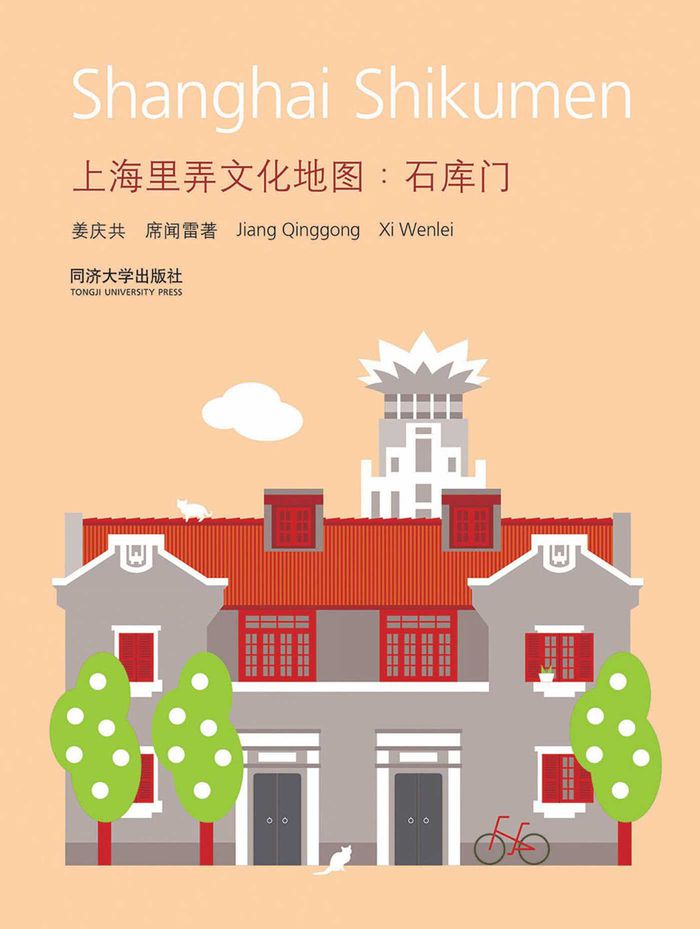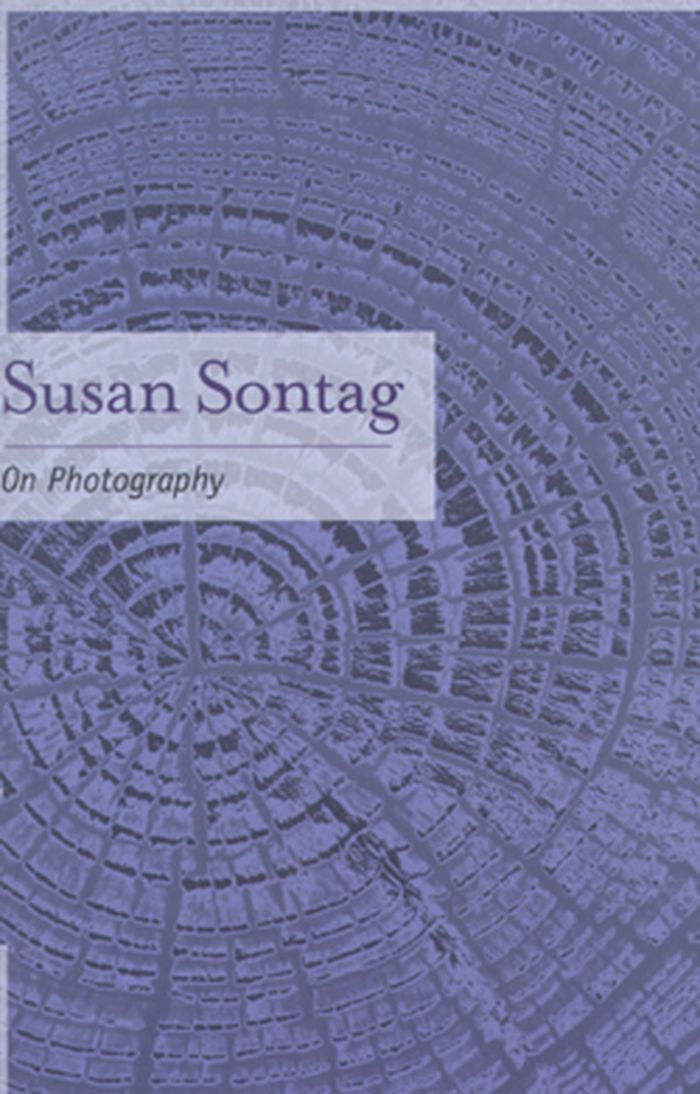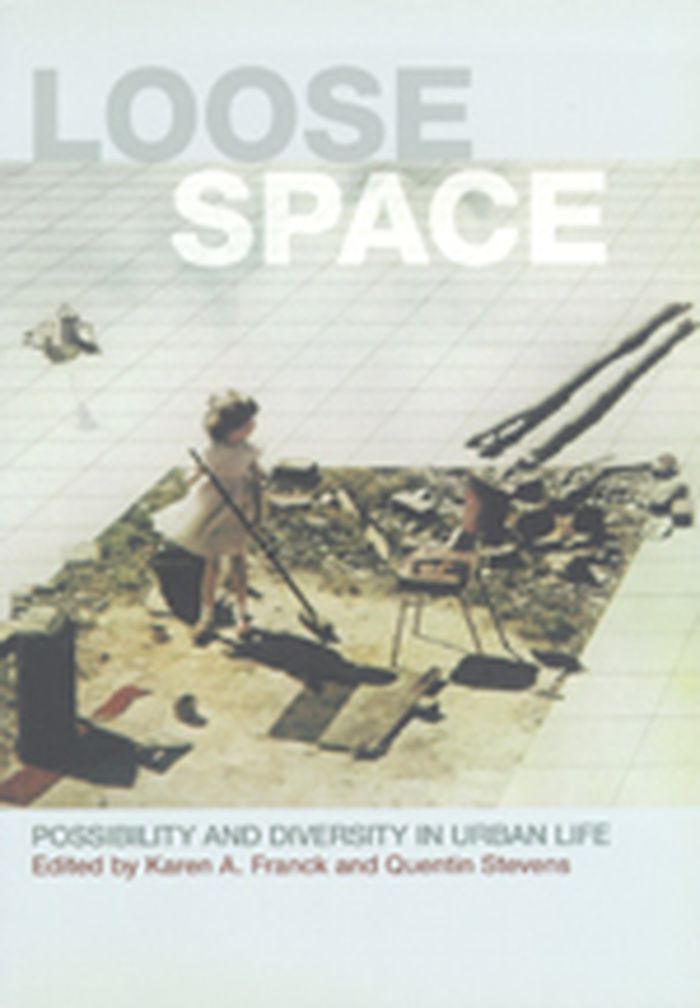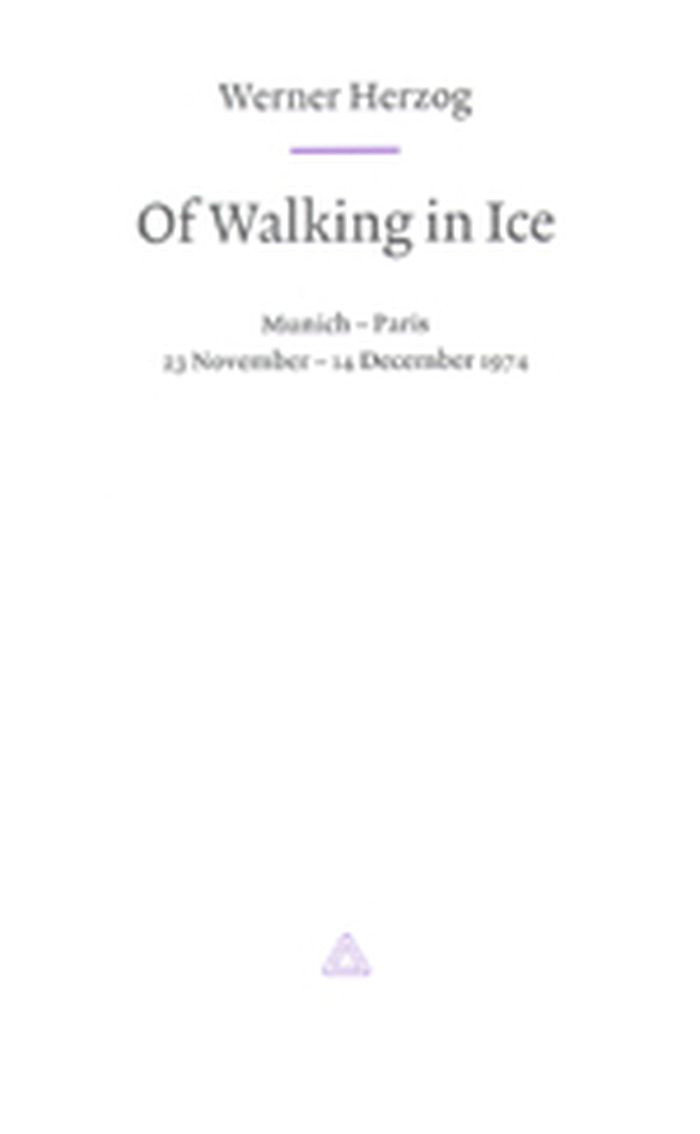La maison chinoise
$85.95
(available in store)
Summary:
« La Maison chinoise » traite principalement d’architecture, mais pas seulement : cet ouvrage vise à montrer comment le système de construction et d’aménagement de l’espace propre à la Chine ancienne se conjugue avec une certaine façon d’habiter et de vivre « domestiquement ». Il entreprend ainsi ce que l’on pourrait appeler une archéologie de l’habitat domestique. De(...)
La maison chinoise
Actions:
Price:
$85.95
(available in store)
Summary:
« La Maison chinoise » traite principalement d’architecture, mais pas seulement : cet ouvrage vise à montrer comment le système de construction et d’aménagement de l’espace propre à la Chine ancienne se conjugue avec une certaine façon d’habiter et de vivre « domestiquement ». Il entreprend ainsi ce que l’on pourrait appeler une archéologie de l’habitat domestique. De nombreux aspects de la maison chinoise ont bien entendu déjà été étudiés et commentés, mais ce que vise cette étude, c’est à montrer et expliquer comment, dans l’architecture et l’aménagement de la maison, tout se tient et forme un système technique cohérent ; comment les questions de charpenterie, de disposition des édifices, de décoration intérieure et extérieure, d’aménagement des cours et des voiries, se raccordent entre elles ; comment « grande architecture » et architecture « vernaculaire » s’articulent.
Current Exhibitions
$24.95
(available in store)
Summary:
Depuis environ deux cents ans, les activités industrielles de l’être humain ont profondément transformé notre environnement, jusqu’à entraîner une nouvelle ère géologique : l’Anthropocène. La modernité occidentale, en séparant la nature et la culture, a entrepris d’exploiter la première afin de faire « progresser » la seconde. Ce projet, marqué par une temporalité(...)
La question de la technique en Chine
Actions:
Price:
$24.95
(available in store)
Summary:
Depuis environ deux cents ans, les activités industrielles de l’être humain ont profondément transformé notre environnement, jusqu’à entraîner une nouvelle ère géologique : l’Anthropocène. La modernité occidentale, en séparant la nature et la culture, a entrepris d’exploiter la première afin de faire « progresser » la seconde. Ce projet, marqué par une temporalité linéaire non questionnée, a fini par imposer un technocratisme autoritaire responsable de la catastrophe écologique actuelle, remettant en cause notre existence comme celle de l’écosystème planétaire. Cette situation rend impérative la « question de la technique » : penser celle-ci est peut-être ce qui nous permettra collectivement de dépasser le blocage actuel. Dans son ouvrage, Yuk Hui s’attaque à cet enjeu fondamental.
Current Exhibitions
Shanghai Bund Architecture
$21.50
(available in store)
Summary:
The Bund was once a mud land criss-crossed with farm fields, wild reeds, and a rooster fighting yard. Then its shape transformed dramatically looking similar to a European City, thus the mud Bund became the modern and attractive gold Bund. The stories of the Bund are about how the mud land turned into a billion-dollar skyline. The book records the past and present(...)
Shanghai Bund Architecture
Actions:
Price:
$21.50
(available in store)
Summary:
The Bund was once a mud land criss-crossed with farm fields, wild reeds, and a rooster fighting yard. Then its shape transformed dramatically looking similar to a European City, thus the mud Bund became the modern and attractive gold Bund. The stories of the Bund are about how the mud land turned into a billion-dollar skyline. The book records the past and present details of 30 buildings on the Bund north of Yan 'an East Road, and shares hundreds of architectural photos and historical pictures. The 30 buildings listed in the book are accompanied by the latest tourist tips, as well as colorful architectural maps of the Bund and data analysis charts. The great changes in Shanghai can be seen more clearly from the authors' unique perspective.
Current Exhibitions
Shanghai Shikumen: Citywalk
$26.95
(available in store)
Summary:
The book shows a unique residential kind of building in Shanghai called Shikumen and records its architectural style and the use of space. A travel guide to 40 of Shanghai's most representative Shikumen lanes is also provided and is compared with the Shanghai block map in the 1940s of the 20th century. The book also collects 120 pictures of the architecture and life of(...)
Shanghai Shikumen: Citywalk
Actions:
Price:
$26.95
(available in store)
Summary:
The book shows a unique residential kind of building in Shanghai called Shikumen and records its architectural style and the use of space. A travel guide to 40 of Shanghai's most representative Shikumen lanes is also provided and is compared with the Shanghai block map in the 1940s of the 20th century. The book also collects 120 pictures of the architecture and life of Shikumen Lilong, and the author has compiled 400 Shikumen Lilong directories based on his accumulation of years of visiting Shikumen, which can become a guide for readers to stroll through Shikumen Lilong houses and experience Shikumen City Life.
Current Exhibitions
On photography
$25.00
(available to order)
Summary:
"On Photography" first appeared in 1977 and is described by its author as "a progress of essays about the meaning and career of photographs." It begins with the famous "In Plato’s Cave" essay, then offers five other prose meditations on this topic, and concludes with a fascinating and far-reaching "Brief Anthology of Quotations."
January 2001, New York
On photography
Actions:
Price:
$25.00
(available to order)
Summary:
"On Photography" first appeared in 1977 and is described by its author as "a progress of essays about the meaning and career of photographs." It begins with the famous "In Plato’s Cave" essay, then offers five other prose meditations on this topic, and concludes with a fascinating and far-reaching "Brief Anthology of Quotations."
$38.99
(available in store)
Summary:
In the history of medecine, hospital are usually seen as passive reflections of advances in medical knowledge and technology. In Medicine by Design, Annmarie Adams challenges these assumptions, examining how hospital design influenced the development of twentieth-century medicine and demonstrating the importance of these specialized buildings in the history of archtiecture.
February 2008, Minneapolis
Medicine by Design: The architect and the modern hospital, 1893-1943
Actions:
Price:
$38.99
(available in store)
Summary:
In the history of medecine, hospital are usually seen as passive reflections of advances in medical knowledge and technology. In Medicine by Design, Annmarie Adams challenges these assumptions, examining how hospital design influenced the development of twentieth-century medicine and demonstrating the importance of these specialized buildings in the history of archtiecture.
$63.95
(available to order)
Summary:
In cities around the world people use a variety of public spaces to relax, to protest, to buy and sell, to experiment and to celebrate. "Loose space" explores the many ways that urban residents, with creativity and determination, appropriate public space to meet their own needs and desires. Familiar or unexpected, spontaneous or planned, momentary or long-lasting, the(...)
Current Exhibitions
December 2006, London, New York
Loose space : possibility and diversity in urban life
Actions:
Price:
$63.95
(available to order)
Summary:
In cities around the world people use a variety of public spaces to relax, to protest, to buy and sell, to experiment and to celebrate. "Loose space" explores the many ways that urban residents, with creativity and determination, appropriate public space to meet their own needs and desires. Familiar or unexpected, spontaneous or planned, momentary or long-lasting, the activities that make urban space loose continue to give cities life and vitality. The book examines physical spaces and how people use them. Contributors discuss a wide range of recreational, commercial and political activities; some are conventional, others are more experimental. Some of the activities occur alongside the intended uses of planned public spaces, such as sidewalks and plazas; other activities replace former uses, as in abandoned warehouses and industrial sites. The thirteen case studies, international in scope, demonstrate the continuing richness of urban public life that is created and sustained by urbanites themselves
Current Exhibitions
books
$70.50
(available to order)
Summary:
In this illustrated volume, Andrew Higgott demonstrates how architectural books and journals have created twentieth century architectural culture in Britain. Mediating Modernism discusses the publications, language and images which, in the act of 'describing', 'interpreting' or 'illustrating' the architecture, have created it in architectural discourse. Whilst(...)
Mediating modernism: architectural cultures in Britain
Actions:
Price:
$70.50
(available to order)
Summary:
In this illustrated volume, Andrew Higgott demonstrates how architectural books and journals have created twentieth century architectural culture in Britain. Mediating Modernism discusses the publications, language and images which, in the act of 'describing', 'interpreting' or 'illustrating' the architecture, have created it in architectural discourse. Whilst numerous recent books have radically re-thought the construct of modernism, this is the first book to re-think modernism in relation to British architecture.
books
December 2006
Of walking in ice
$28.95
(available to order)
Summary:
In the winter of 1974, filmmaker Werner Herzog made a three week solo journey from Munich to Paris on foot. He believed it was the only way his close friend, film historian Lotte Eisner, would survive a horrible sickness that had overtaken her. During this monumental odyssey through a seemingly endless blizzard, Herzog documented everything he saw and felt with intense(...)
September 2007, New York
Of walking in ice
Actions:
Price:
$28.95
(available to order)
Summary:
In the winter of 1974, filmmaker Werner Herzog made a three week solo journey from Munich to Paris on foot. He believed it was the only way his close friend, film historian Lotte Eisner, would survive a horrible sickness that had overtaken her. During this monumental odyssey through a seemingly endless blizzard, Herzog documented everything he saw and felt with intense sincerity. This diary is dotted with a pastiche of rants about the extreme cold and utter loneliness, notes on Herzog's films and travels, poetic descriptions of the snowy countryside, and personal philosophizing. What is most remarkable is that the reading of the book is in continuity with the experience of watching his films; it's as if, through this walk, we witness the process in which images are born. Although he received a literary award for it, this introspective masterpiece has lingered out of print since 1979. Beautifully designed and emotionally impressive, Of Walking in Ice is the first in a color-coded series of remarkable yet long-forgotten titles being republished by Free Association.
$24.00
(available to order)
Summary:
A decimated Shiite shrine in Iraq. The smoking World Trade Center site. The scorched cityscape of 1945 Dresden. Among the most indelible scars left by war is the destroyed landscapes, and such architectural devastation damages far more than mere buildings. Robert Bevan argues here that shattered buildings are not merely “collateral damage,” but rather calculated acts of(...)
February 2007, London
The destruction of memory : Architecture at war
Actions:
Price:
$24.00
(available to order)
Summary:
A decimated Shiite shrine in Iraq. The smoking World Trade Center site. The scorched cityscape of 1945 Dresden. Among the most indelible scars left by war is the destroyed landscapes, and such architectural devastation damages far more than mere buildings. Robert Bevan argues here that shattered buildings are not merely “collateral damage,” but rather calculated acts of cultural annihilation. From Hitler’s Kristallnacht to the toppling of Saddam Hussein’s statue in the Iraq War, Bevan deftly sifts through military campaigns and their tactics throughout history, and analyzes the cultural impact and catastrophic consequences of architectural destruction. For Bevan, these actions are nothing less than cultural genocide. Ultimately, Bevan forcefully argues for the prosecution of nations that purposely flout established international treaties against destroyed architecture. A passionate and thought-provoking cri de coeur, The Destruction of Memory raises questions about the costs of war that run deeper than blood and money.
